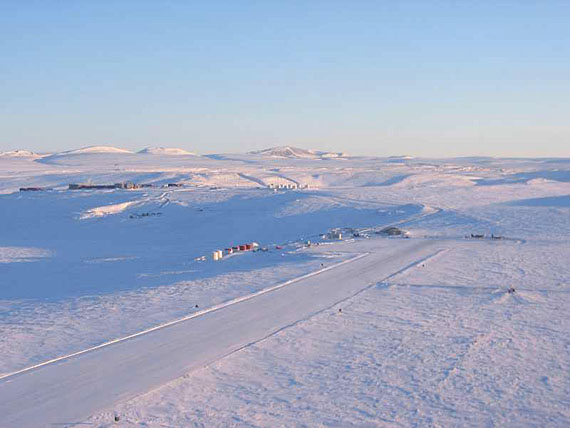RangerRay
Army.ca Veteran
- Reaction score
- 3,000
- Points
- 1,140
*WARNING: Not suggesting in anyway this is what happened, but since the scenario of an injured animal was presented, I thought I would add some food for thought. *
If this is a case of the destruction of an animal due to injury, the nature of the injury plays a role, especially if we’re talking about a species at risk.
If the animal is immobilized by the injury and is either laying down and can’t get back up or is dragging its backend because it has two broken legs or a broken back and/or hips, or it’s entrails are falling out, destruction could be justified since it would not be able to evade predators and be unable to feed and thrive.
If the animal had a single broken leg and is otherwise mobile and able feed, then destruction would be harder to justify since it had a better chance at survival. Even with a compound fracture, a leg may heal (albeit crooked but functional) or fall off. There are a lot of three legged critters out there that are still able thrive and survive.
Getting into federally protected species at risk, this adds further complications. More people would need to be consulted. Destroying an at risk species belonging to an at risk herd carries greater consequences for that herd than destroying a white-tailed deer in the Prairies.
In all cases, local wildlife branch staff or Canadian Wildlife Service staff should be notified and consulted on the best course of action.
If this is a case of the destruction of an animal due to injury, the nature of the injury plays a role, especially if we’re talking about a species at risk.
If the animal is immobilized by the injury and is either laying down and can’t get back up or is dragging its backend because it has two broken legs or a broken back and/or hips, or it’s entrails are falling out, destruction could be justified since it would not be able to evade predators and be unable to feed and thrive.
If the animal had a single broken leg and is otherwise mobile and able feed, then destruction would be harder to justify since it had a better chance at survival. Even with a compound fracture, a leg may heal (albeit crooked but functional) or fall off. There are a lot of three legged critters out there that are still able thrive and survive.
Getting into federally protected species at risk, this adds further complications. More people would need to be consulted. Destroying an at risk species belonging to an at risk herd carries greater consequences for that herd than destroying a white-tailed deer in the Prairies.
In all cases, local wildlife branch staff or Canadian Wildlife Service staff should be notified and consulted on the best course of action.

